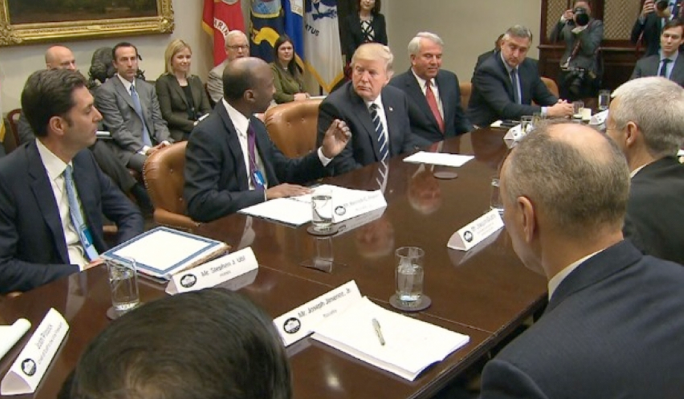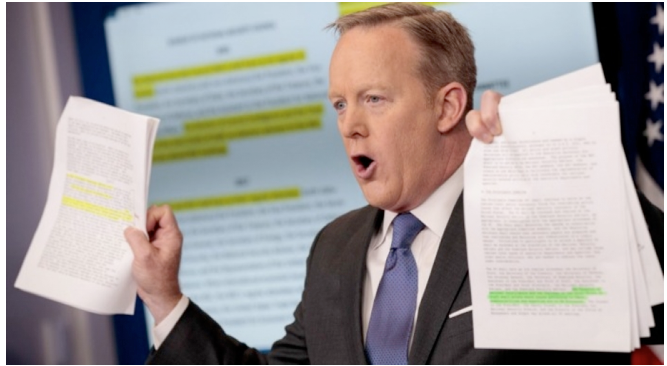Here’s What Will … and Won’t … Happen Next Time a Cop Kills an American
In the coming days or weeks or months, a police officer will kill an American, and a controversy will erupt. Maybe the person will be shot while walking away or holding a toy gun, or strapped to a chair and hit by a Taser, or the person’s spine will be severed in a police wagon.
There will be questions about who the victim was and what role she played in her own death, and whether the department is being upfront with the public about what really took place. Protests will bring out hundreds — perhaps thousands — of citizens demanding police transparency and accountability. The media will dig into the officers’ history, looking for allegations of racism or a record of excessive force complaints.
Under the national spotlight, the focus will shift to how the department interacts with the citizens they’ve sworn to protect and serve. It’ll become clear that the protests are about more than this one tragic incident. Perhaps the police department turned into a revenue-collection agency, with officers targeting black citizens for minor offenses while top city officials traded racist emails. Maybe officers were abusing the constitutional rights of civilians through routine stops, frisks and arrests that targeted black residents.
“We know that we have Americans with cell phones. We know that some tragedy is going to be captured on video. And we know that hashtag activism will bring it forward to public consciousness,” says NAACP President Cornell William Brooks.
What we don’t know, Brooks says, is what will happen next. How will the Justice Department respond? How will the attorney general respond? How will the president respond?
Just a few months ago, the answer to those questions were relatively straightforward. Under Eric Holder and Loretta Lynch, President Barack Obama’s attorneys general, the Justice Department made a habit of launching broad investigations of police departments following controversial shootings.
It’s rare for the Justice Department to bring charges against an individual officer in connection with a shooting. The standard for bringing federal civil rights charges against an individual officer is high. Under federal civil rights law, prosecutors must prove an officer used excessive force willfully, and in all but the most egregious cases, it is extremely difficult to prove beyond a reasonable doubt that an officer intentionally violated an individual’s civil rights. And even successful excessive-force prosecutions don’t always expose underlying problems and often fail to improve the climate within a police department or prevent abuses.
That’s where the Justice Department’s broad probes, also known as pattern-or-practice investigations, or 14141 probes, come in. Under a provision of The Violent Crime Control and Law Enforcement Act passed in 1994 in the wake of the videotaped beating of motorist Rodney King by Los Angeles police officers, the Justice Department can investigate systemic problems within law enforcement agencies to identify “a pattern or practice of conduct by law enforcement officers” that “deprives persons of rights, privileges, or immunities secured or protected by the Constitution or laws of the United States.”
These sorts of independent federal investigations allowed the healing process to begin in cities that were “in real pain because of a gulf in trust between the police and certain segments of that community,” says Jonathan Smith, a former DOJ Civil Rights Division official.
But under the Trump administration, the future of broad investigations into police departments is in doubt. On the campaign trail, Trump frequently pledged to back law enforcement. The Trump administration has vowed to eliminate America’s “anti-police atmosphere.” And the nation’s new top cop, Attorney General Jeff Sessions, has long been a skeptic of broad civil rights investigations of police departments.
Sessions is leery of consent decrees, in which police departments agree to change their practices, and believes “bad apples,” as opposed to systemic failings, are the cause of police violence. He went further in prepared remarks for a recent speech to the nation’s attorneys general, arguing that police felt the political leadership of the country had abandoned them. The federal government should not be in the business of “dictating to local police how to do their jobs” or spending “scarce federal resources” to sue cities in court, he argued. And Sessions said the DOJ would “pull back” on investigations that he believed had diminish the effectiveness of police departments.
Police stand guard as demonstrators mark the first anniversary of the shooting of Michael Brown in Ferguson, Missouri, on Aug. 10, 2015. More than 100 people were arrested in Ferguson and St. Louis.
“We’re going to try to pull back on this, and I don’t think it’s wrong or mean or insensitive to civil rights or human rights,” Sessions said. Speaking with reporters the day before his speech, Sessions said he believed the DOJ reports released during Obama’s presidency — which he hadn’t read — were “anecdotal” and not based in science.
Conservative news outlets got the message. “Jeff Sessions Signals That Obama’s War on Cops Is at an End,” declared RedState. Another conservative website said Sessions would “End Federal Harassment of Local Police.”
There’s no evidence that the Obama administration waged a “war” on cops. Only a couple dozen of the more than 18,000 police departments in America came under DOJ scrutiny during the Obama administration. And supporters of the Obama administration’s approach to police reform say the investigations benefit police officers as well, because effective policing requires the trust of the community.
“Fundamentally, you can’t fix the public safety problem in Chicago until you fix the police department. Those things have to go hand and hand,” says Smith, the former Civil Rights Division official. “I’m worried that without this tool available that you will see increasing frustration and growing mistrust.”
When a Huffington Post reporter asked Sessions how he thinks the Justice Department should respond after the next policing controversy, the attorney general focused on DOJ’s role in investigating individual incidents. But federal criminal investigations in excessive force don’t look at the whole department and miss broader issues inside law enforcement agencies that need to be addressed, argues Christy Lopez, a former deputy chief in the Special Litigation Section of the DOJ’s Civil Rights Division. “That officer, even if he did willfully do this thing, why was he hired in the first place? Why was he allowed to stay on? How many other officers have done that and escaped accountability at this department?”
Protecting the reputation and effectiveness of police departments, said Lopez, requires making sure they are abiding by the rule of law. Backing off of police department investigations, she said, “is not friendly to the police any more than it’s friendly to your children to let them run amok in the streets.”
“Obviously I get it, there are a lot of people in the FOP and line officers who feel under attack by the fact that these decrees exist,” Lopez added. “But it’s a narrative I wouldn’t buy into because there are a lot of people in law enforcement who recognize that this is a legitimate part of law enforcement, to make sure that law enforcement officers are abiding by the law just like everybody else.”
All the Fraternal Order of Police, the nation’s largest police organization, wants from the Trump administration is “fairness and due process,” says Jim Pasco, the senior adviser to the FOP president. “Police officers deserve and are entitled to the same due process that anyone is ― and they should receive it…. Police are not perfect, but neither is anybody else, and we’re hopeful that all American citizens will benefit from evenhanded justice in a Trump administration.”
But most activists and experts who favor broad investigations of police departments concede they’re unlikely under Trump.
“There’s not going to be an Attorney General Holder, who’s flying down to Ferguson to shake hands with people at a coffee shop,” says Sherrilyn Ifill, the president of the NAACP Legal Defense and Educational Fund. “There’s not going to be an Attorney General Lynch to go to Baltimore and sit with community leaders around the table in the midst of the unrest.”
Lopez is even blunter: “I think we’re more likely to see the National Guard go in than the Civil Rights Division.”
(Ryan J. Reilly is senior justice report at Huff Post and Julia Craven reports for Huff Post … where his piece originated.) Photo credit: Ryan j. Reilly.
-cw

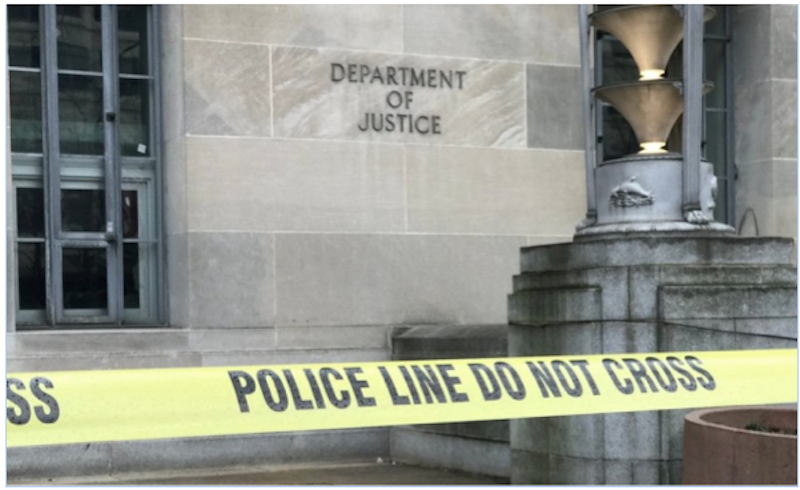
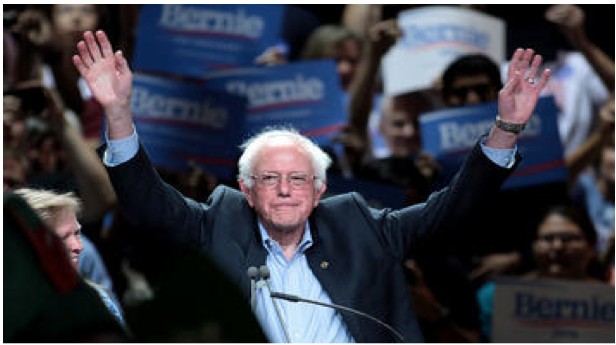
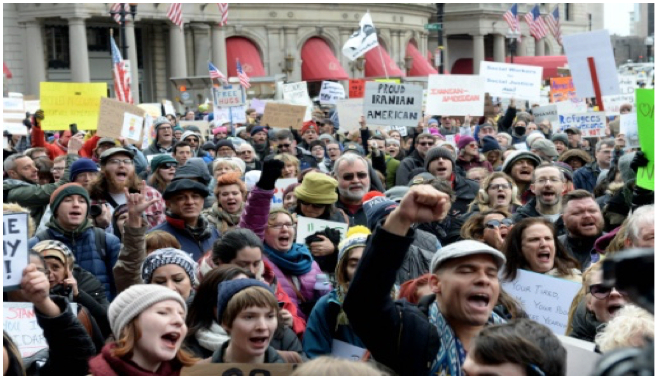
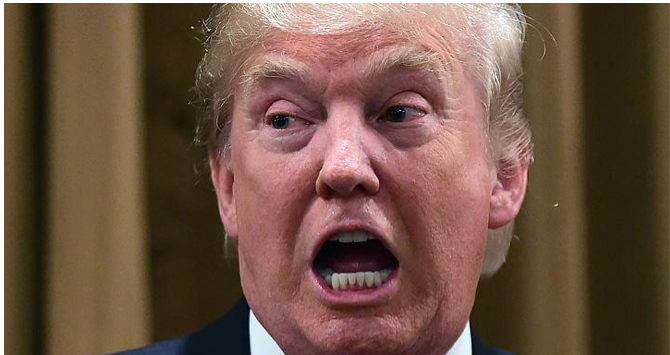
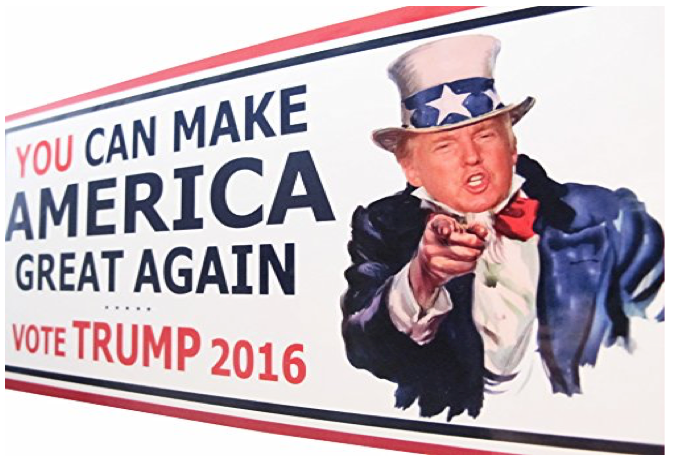
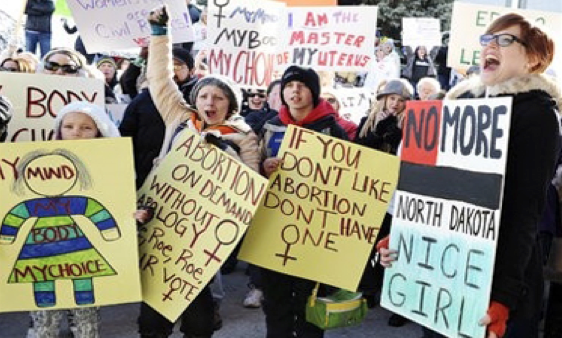
 Clinic defenders are not the problem. We can keep the volume down when staff let us know procedures are being performed. We are controlled in our face-offs with the fetus fetishizers, because our goal is not to change their cement-hard beliefs but to keep them from trampling on ours. Like clinic managers, we have the needs of clinic users paramount in our minds – not just on a particular day but for years to come.
Clinic defenders are not the problem. We can keep the volume down when staff let us know procedures are being performed. We are controlled in our face-offs with the fetus fetishizers, because our goal is not to change their cement-hard beliefs but to keep them from trampling on ours. Like clinic managers, we have the needs of clinic users paramount in our minds – not just on a particular day but for years to come.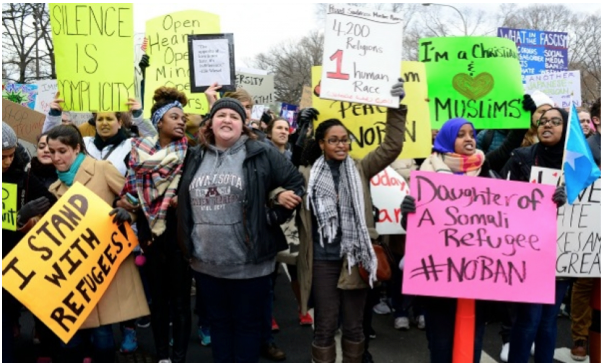
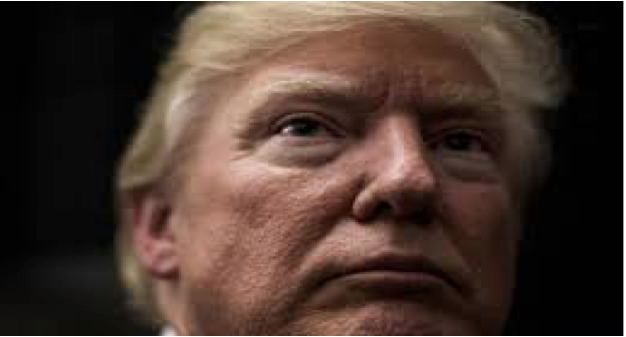
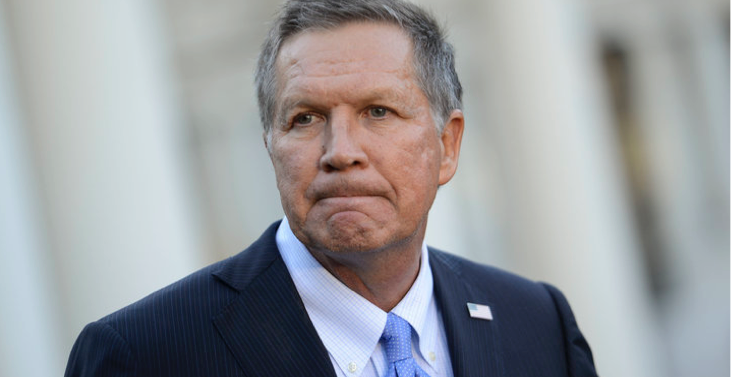
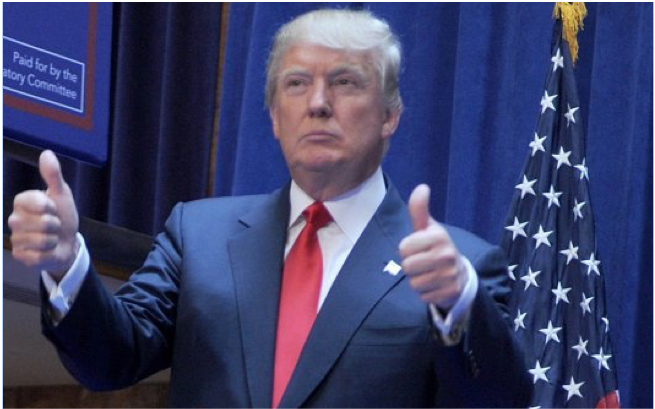

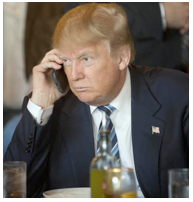 Spicer, though, has not specifically said what Trump was doing between 5:30 p.m. and 6:30 p.m. on Jan. 28, other than to say he was in the White House residence ― not in the Situation Room. That’s the hour ― 1:30 a.m. to 2:30 a.m. local time ― when the firefight in Yemen resulted in the deaths of some 30 people, according to news reports. U.S. forces had called in air strikes because of the ferocity of the resistance they encountered. At least 10 of those killed were women or children.
Spicer, though, has not specifically said what Trump was doing between 5:30 p.m. and 6:30 p.m. on Jan. 28, other than to say he was in the White House residence ― not in the Situation Room. That’s the hour ― 1:30 a.m. to 2:30 a.m. local time ― when the firefight in Yemen resulted in the deaths of some 30 people, according to news reports. U.S. forces had called in air strikes because of the ferocity of the resistance they encountered. At least 10 of those killed were women or children.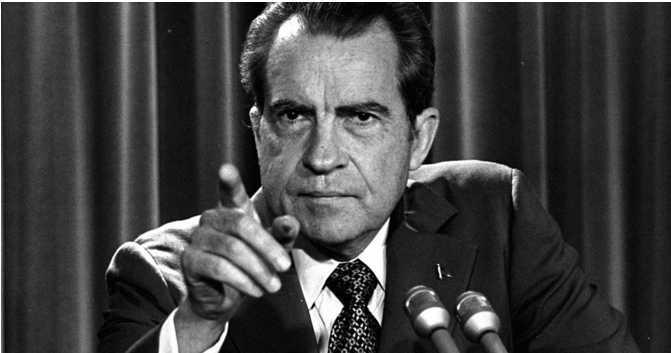

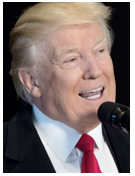 The truth is that the connection between Trump and the sudden uptick and anti-Semitic hate crimes is more complicated than most realize. Blaming Trump for anti-Semitism also ignores the fact that anti-Semitism has been here all along.
The truth is that the connection between Trump and the sudden uptick and anti-Semitic hate crimes is more complicated than most realize. Blaming Trump for anti-Semitism also ignores the fact that anti-Semitism has been here all along.
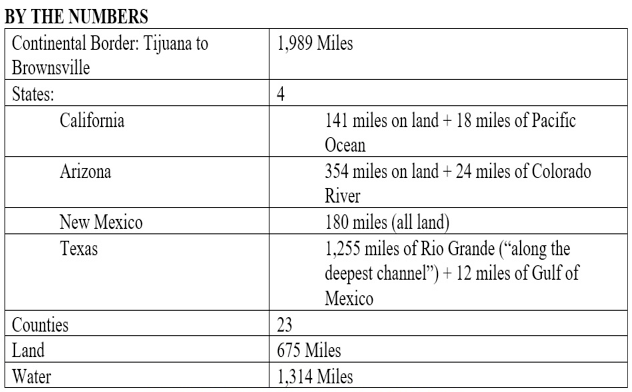
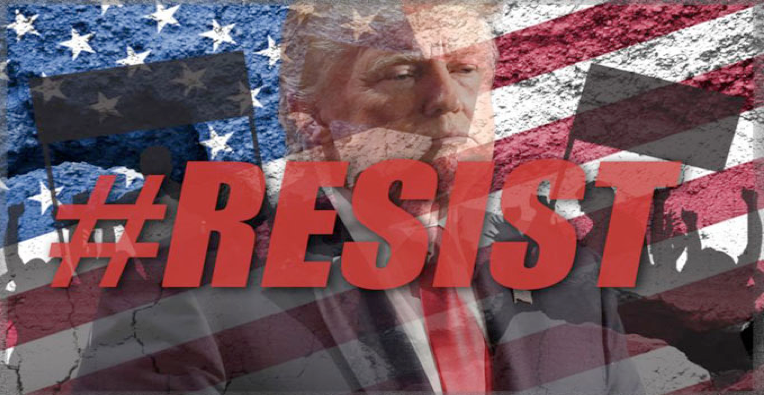
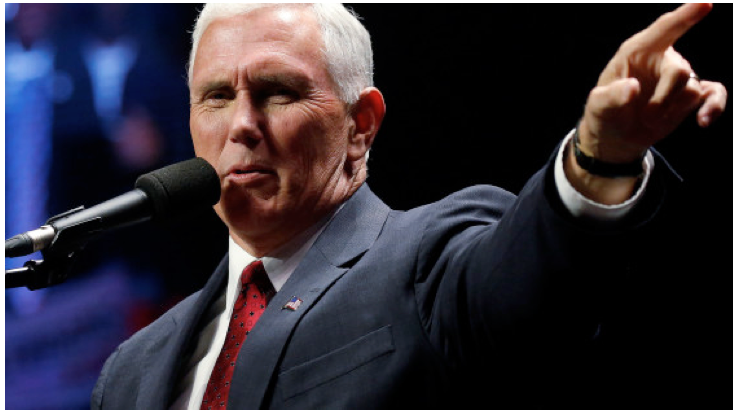
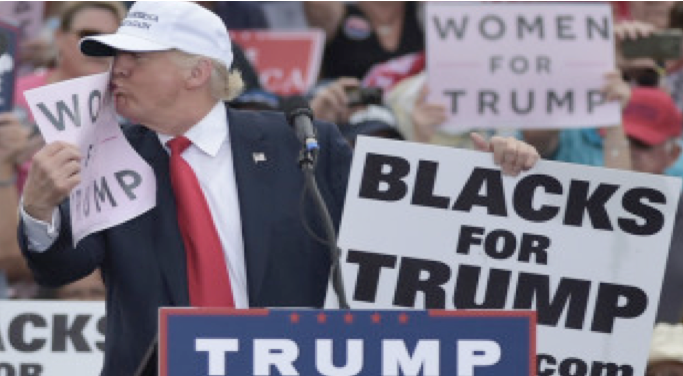

 The last “civic generation” before the advent of the millennials—a term coined by generational theorists Neil Howe and William Strauss—was forged in the Depression, fought the Second World War, and managed the ensuing cold conflict with the old USSR. Born between 1901 and 1927, members of the much admired ++
The last “civic generation” before the advent of the millennials—a term coined by generational theorists Neil Howe and William Strauss—was forged in the Depression, fought the Second World War, and managed the ensuing cold conflict with the old USSR. Born between 1901 and 1927, members of the much admired ++